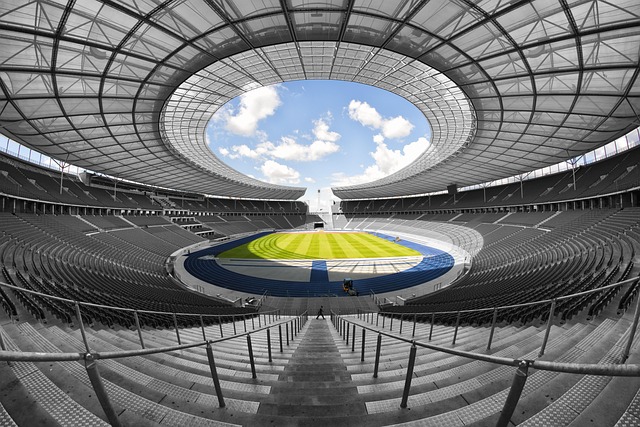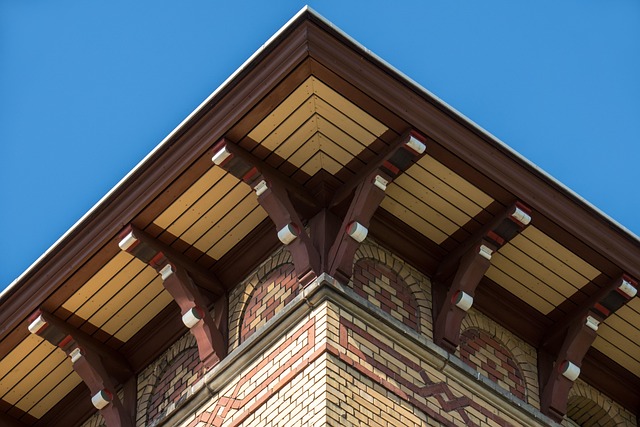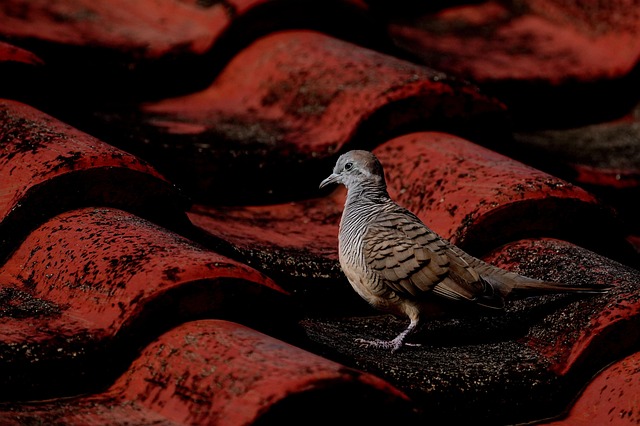Maximize Savings: Navigating Solar Roof Installation Tax Credits & Incentives

Homeowners considering solar roof installation can reap substantial financial benefits from federal…….
Introduction
Renewable energy sources have become increasingly important as the world seeks sustainable solutions to meet energy demands. Among these, Solar Panel Roof Integration (SPRI) stands out for its potential to revolutionize how we harness solar power. This article delves into the intricacies of SPRI, exploring its definition, historical context, significance, and global impact. Readers will gain a comprehensive understanding of the economic, technological, policy, and environmental factors influencing SPRI, as well as the challenges it faces. Through case studies, we will examine real-world applications that showcase the benefits and lessons learned from this innovative approach to solar energy. Finally, we will explore the future prospects of SPRI, providing a forward-looking perspective on its role in the global transition towards sustainable energy consumption.
Understanding Solar Panel Roof Integration
Solar Panel Roof Integration involves the seamless incorporation of photovoltaic (PV) panels into building structures, such as residential homes, commercial buildings, and industrial facilities. This integration allows for the direct conversion of sunlight into electricity while also serving the primary function of the roof—whether it be to protect a building or to maintain its aesthetics.
The core components of SPRI include:
The historical context of SPRI is one of gradual evolution, driven by advancements in solar technology and the increasing need for sustainable building practices. It represents a significant shift from traditional, ground-mounted solar arrays to more aesthetically pleasing and space-efficient solutions.
Global Impact and Trends
The global impact of SPRI is profound, with its influence felt across continents as countries seek to reduce carbon emissions and promote renewable energy sources. Key trends shaping the trajectory of SPRI include:
Different regions are affected by these trends in various ways, with countries like Germany, the United States, China, and Australia leading in the adoption of SPRI due to supportive policies, favorable economic conditions, and high solar irradiance levels.
Economic Considerations
The economic aspects of SPRI are multifaceted, influencing everything from individual household decisions to national energy policy. Market dynamics for SPRI are influenced by factors such as:
Investment patterns in SPRI are driven by both the potential for energy cost savings and the increasing value of green credentials for businesses. On a macroeconomic level, SPRI contributes to economic diversification, job creation, and innovation in materials science and energy storage.
Technological Advancements
Technological advancements have been pivotal in the evolution of SPRI. Significant developments include:
Looking to the future, advancements in materials science promise even more efficient and cost-effective solar panels, as well as new applications for SPRI that could further drive its adoption.
Policy and Regulation
The policy and regulatory framework governing SPRI is complex and varies by jurisdiction. Key policies and regulations include:
These policies play a crucial role in shaping the market for SPRI by providing certainty and clarity for investors and developers. They also help to address concerns about aesthetics, land use, and energy security.
Challenges and Criticisms
SPRI faces several challenges and criticisms, which include:
Addressing these challenges requires a multifaceted approach that includes innovation in design, financing solutions that lower barriers to entry, and advocacy for policies that support the growth of SPRI.
Case Studies
Several notable case studies demonstrate the successful implementation of SPRI around the world:
These case studies showcase the potential for SPRI to be both functional and aesthetically pleasing while contributing to a building’s energy needs.
Conclusion
Solar Panel Roof Integration is a critical component in the global transition towards sustainable energy consumption. Its economic, environmental, and technological advancements make it an attractive solution for individuals, businesses, and governments alike. While challenges remain, the growing trend of adopting SPRI indicates a positive trajectory towards a more sustainable future. As policies continue to evolve and technologies advance, SPRI is poised to become even more integral to our buildings and infrastructure, contributing to cleaner energy grids and a reduced carbon footprint.

Homeowners considering solar roof installation can reap substantial financial benefits from federal…….

Adopting solar roof solutions offers significant financial and environmental benefits, driven by gov…….

Professional Solar Panel Roof Integration: A game-changer for achieving energy efficiency and sustai…….

Solar roof solutions offer efficient, aesthetically pleasing renewable energy alternatives, but face…….

Roof-mounted solar panels offer a versatile solution for harnessing solar energy, compatible with va…….

Eco-friendly solar roofs combine cool roof technology with photovoltaic systems to maximize energy e…….

Eco-friendly solar roofs represent a significant advancement in sustainable living, combining photov…….

Integrating solar panel roof installation services is becoming a crucial modern upgrade, offering si…….